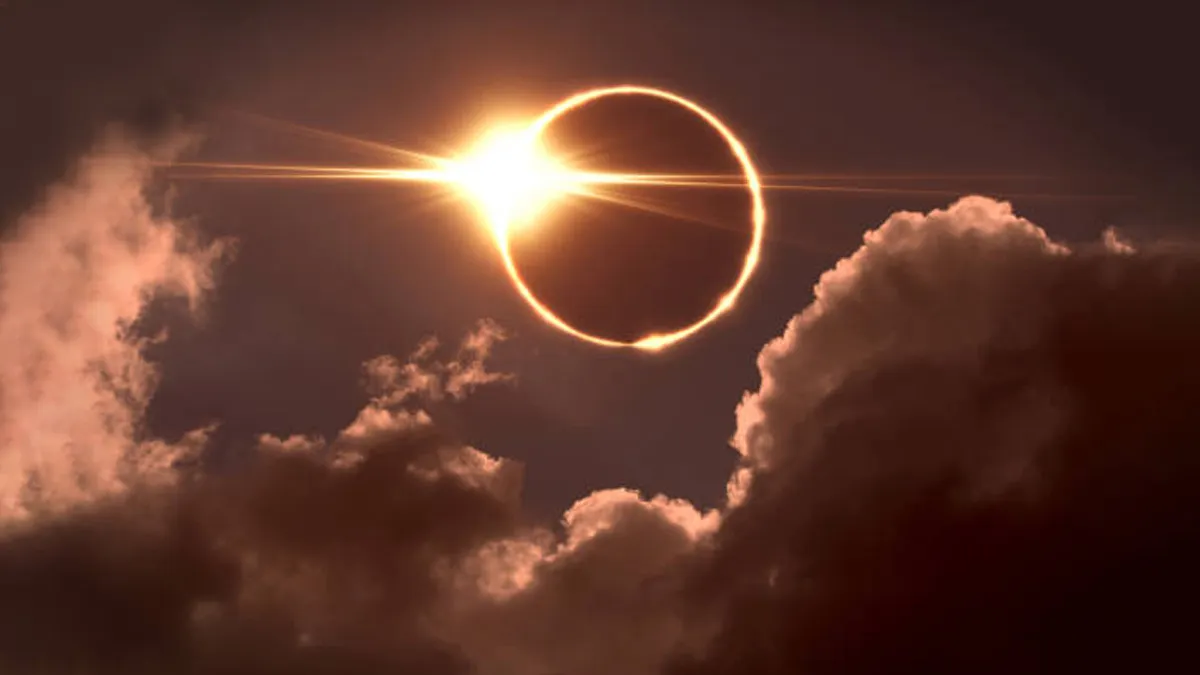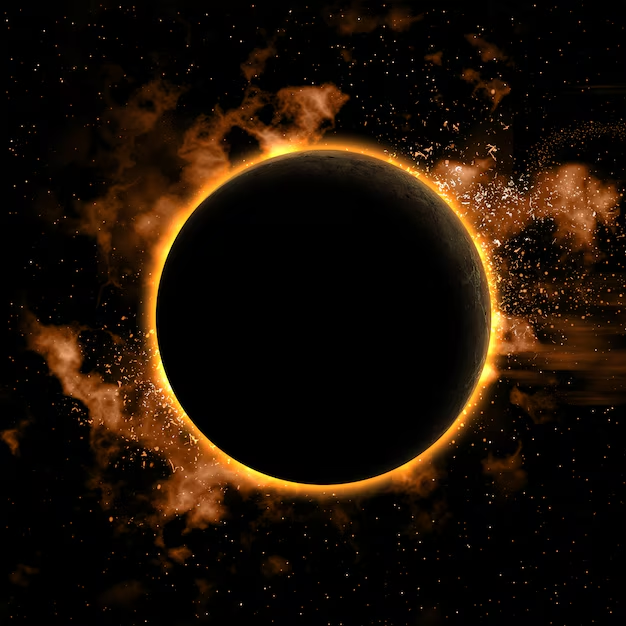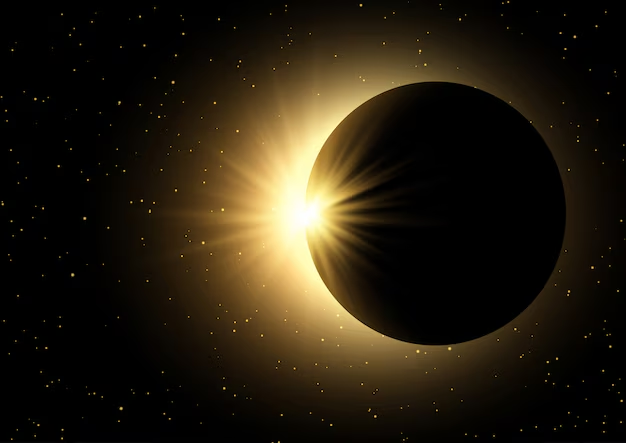
Solar Eclipses In 2025: Check Dates, Timings, And More
In 2025, the world is going to witness rare celestial events, including two solar eclipses and two lunar eclipses. However, only one lunar eclipse will be visible in India. Dr Rajendra Prakash Gupt, Superintendent of the Ujjain-based Jiwaji Observatory, while speaking to PTI on Friday highlighted that astronomy enthusiasts can look forward to several celestial events in 2025.
Solar Eclipses In 2025: Date And Time In India

In India, we can witness a lunar eclipse on September 7-8, 2025 which will be visible across the country.
“The full lunar eclipse will also be visible in other countries of Asia as well as Europe, Antarctica, the Western Pacific Ocean, Australia, and the Indian Ocean region,” said Mr Gupt.
It will last from 8:58 pm to 2:25 am. The stunning celestial event will paint the moon in a deep red hue.
Other Celestial Events In 2025

First Lunar Eclipse in March
Besides India, other countries will also be able to see the lunar and solar eclipses. The year’s first lunar eclipse will occur on March 14. “The lunar eclipse will be visible in regions such as America, Western Europe, Western Africa, and over the North and South Atlantic Ocean,” Mr Gupt told PTI.
Partial Solar Eclipse in March
In the same month, a partial solar eclipse will appear on the 29th. “This eclipse will be visible in North America, Greenland, Iceland, the North Atlantic Ocean, Europe, and north-western Russia,” said Mr Gupt.
1
2
3
4
Don't Miss: First Solar Eclipse 2024: Essential Things To Do And Avoid
Final Eclipse of 2025
The final celestial event of the year, which is a partial solar eclipse, will appear on September 21-22. “The partial solar eclipse can be observed in New Zealand, Eastern Melanesia, Southern Polynesia, and West Antarctica,” Mr Gupt added.
Don't Miss: Lunar Eclipse: Rituals To Know
Meteor Showers in India
India is set for another treat with three major meteor showers in 2025. Kicking off with the Quadrantids on January 3-4, skygazers can expect 80-120 meteors per hour. The Perseids will follow on August 12-13, with up to 100 meteors per hour, while the Geminids on December 14-15 promise a spectacular display of 150 meteors per hour. The best part? No special equipment is needed to witness these celestial wonders, making them visible to all.
Keep reading Herzindagi for more such stories.
Credits: Freepik
Also watch this video
Herzindagi video
1
2
3
4